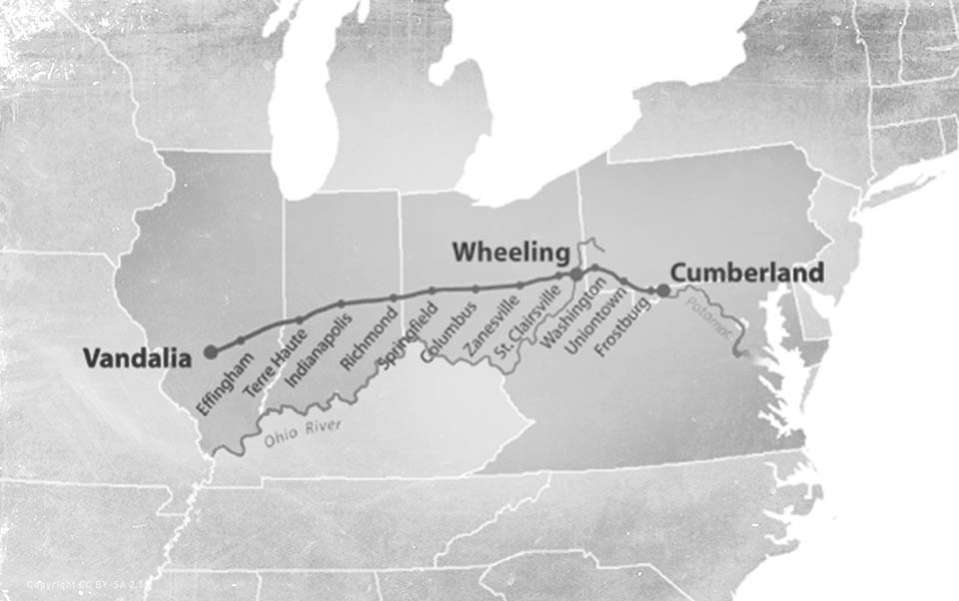
1806
FIRST FEDERALLY FUNDED ROAD
Just 30 years after the country’s birth, Congress funds the national road in 1806. Construction began in 1811 in Cumberland, Maryland. The first interstate highway nearly reached its destination of St. Louis, Missouri, before funds ran out and the road ended in Vandalia, Illinois.

1840s
FIRST SUSPENSION BRIDGE IN THE U.S.
Philadelphia is home to the first suspension bridge. Steel wire cable structures allowed for long spans with less material than conventional methods.
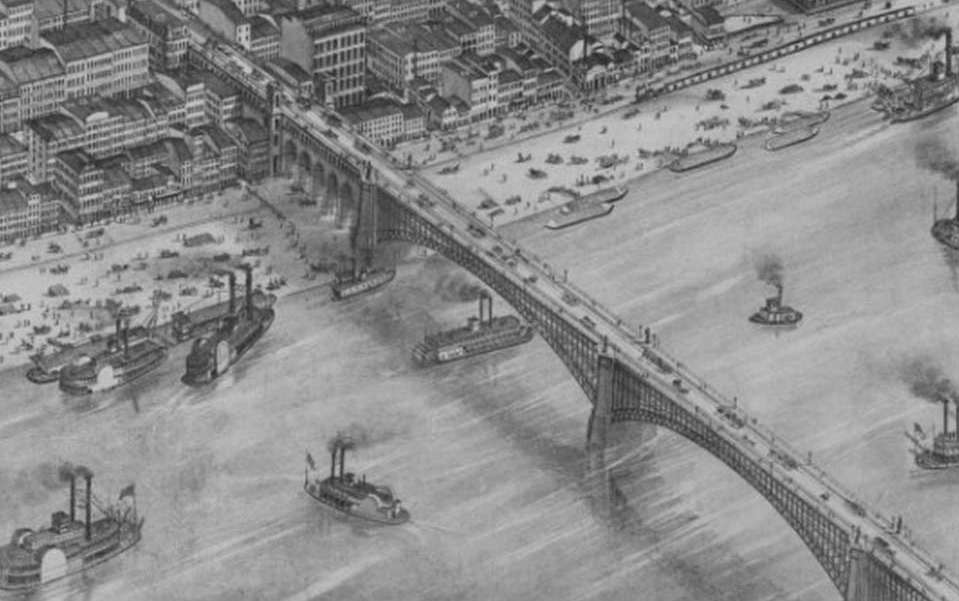
1870s
STRUCTURAL STEEL AND GALVANIZING INTRODUCED
Major bridge projects, such as the Ead’s Bridge in St. Louis, Missouri, used steel members as the primary reinforcing material for the first time.
The first galvanizing plants were opened in the U.S. to help protect steel from corrosion.
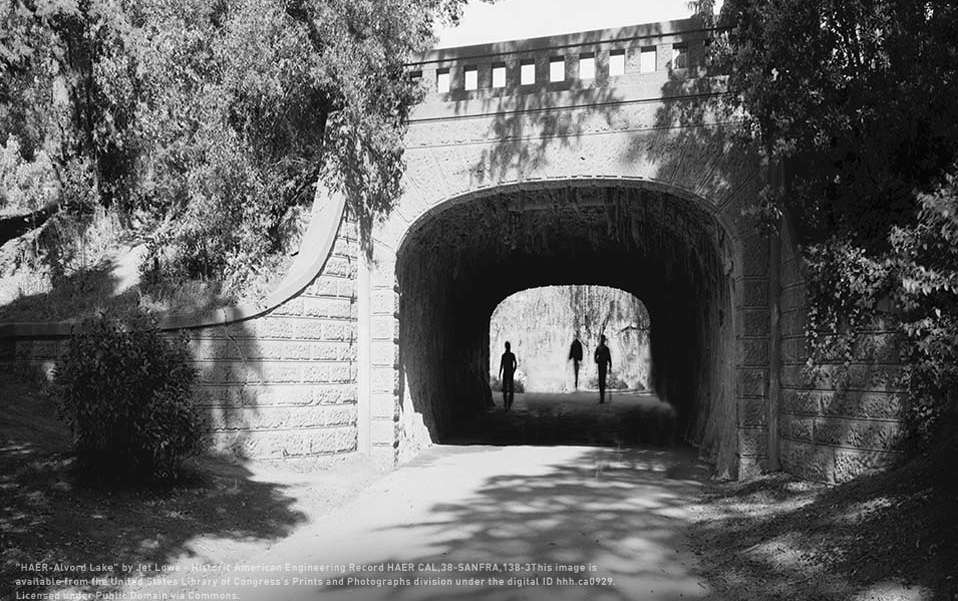
1889
FIRST REINFORCED CONCRETE BRIDGE CONSTRUCTED
The Alvord Lake Bridge in San Francisco, California, is the first metal reinforced concrete bridge. It still stands today.
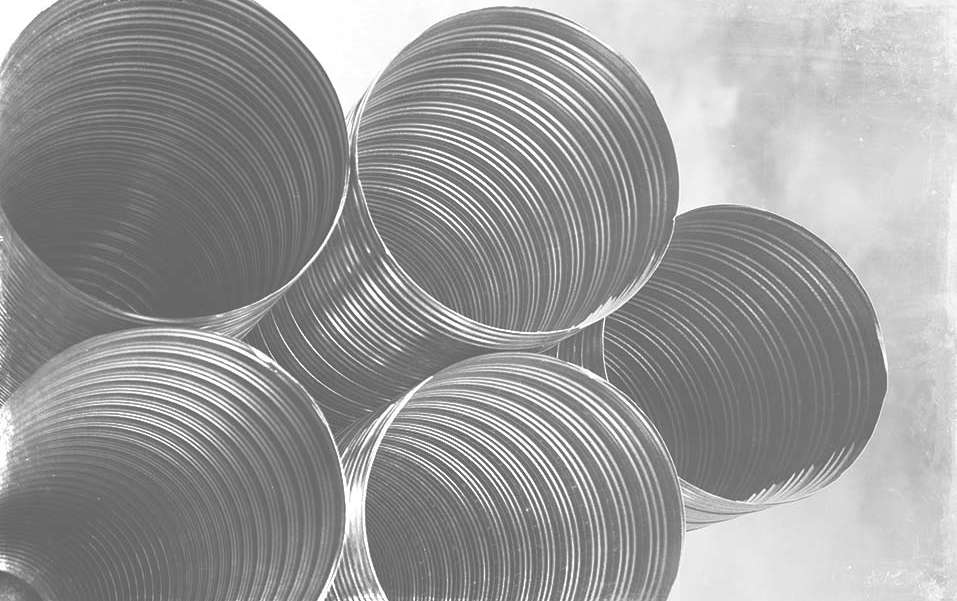
1896
CORRUGATED METAL PIPE INTRODUCED TO TRANSPORTATION
The first century of the infrastructure boom in the United States comes to a close as corrugated metal pipe is introduced to transportation, enabling cost-effective, prefabricated solutions for culverts and drainage systems compared to heavier concrete and iron structures.
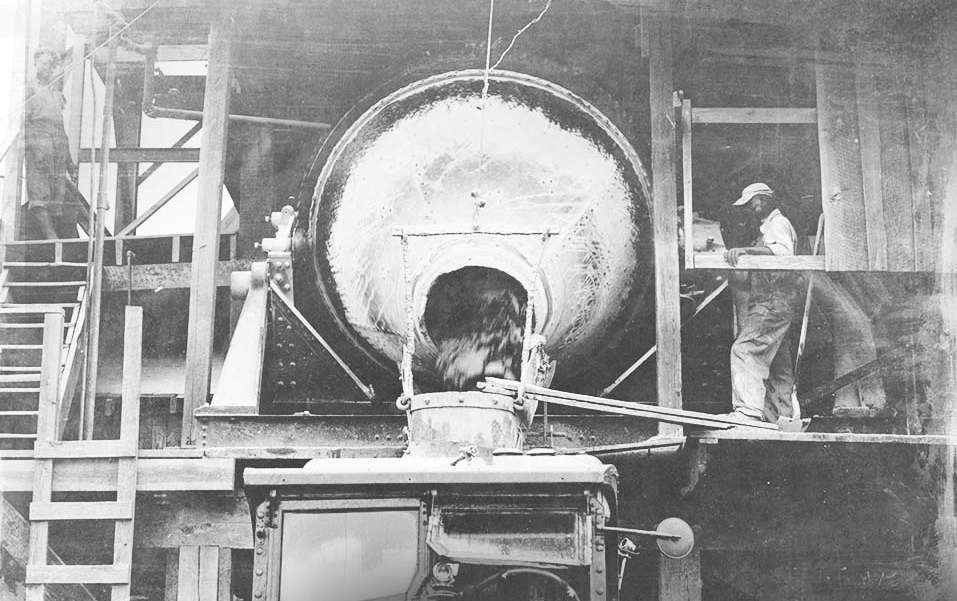
1913
READY MIX CONCRETE INTRODUCED
Baltimore, Maryland, is where the first load of ready mix concrete was delivered, forever changing how job sites received and placed concrete.
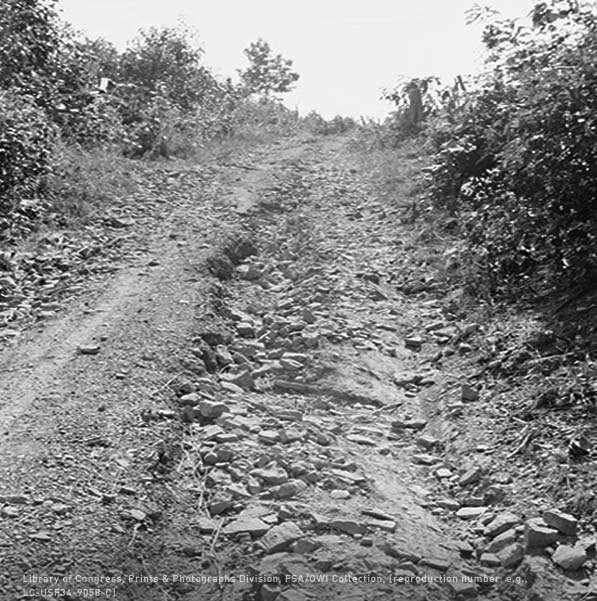
1916
CONGRESS ALLOCATES MILLIONS TO IMPROVE NATIONAL ROADS
Recognizing the economic benefits resulting from quality roads for the traveling public, farmers, and the military, Congress and the States matched funds from gas taxes to build and improve highways.
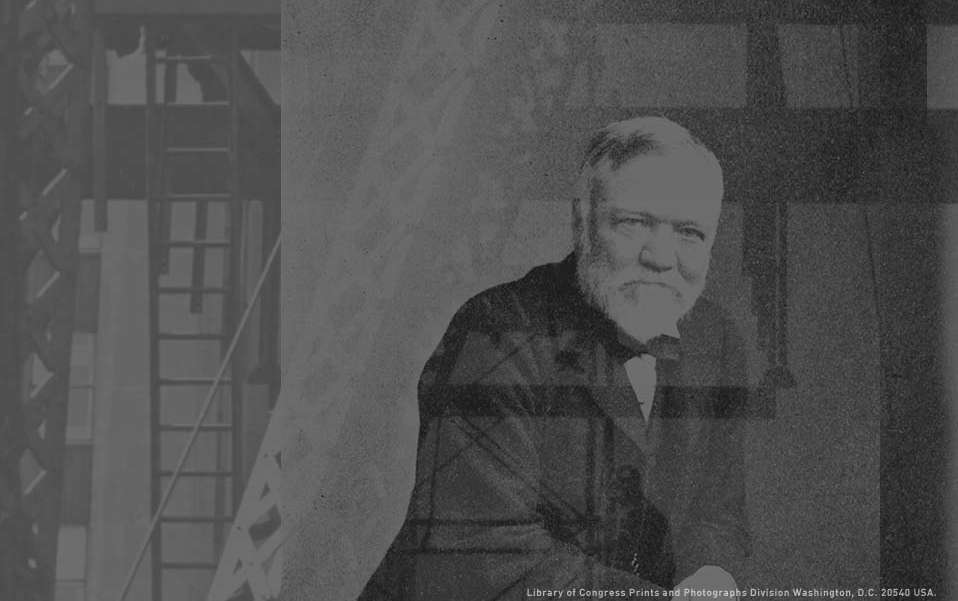
1920s
INNOVATIONS IN STRUCTURAL STEEL AND PRECAST CONCRETE
Carnegie's Steel Company creates structurally efficient steel shapes like the "W" shape allowing for standardization and confidence in performance.
The precast concrete pipe industry began manufacturing and delivering products in the 1920s for transportation projects.
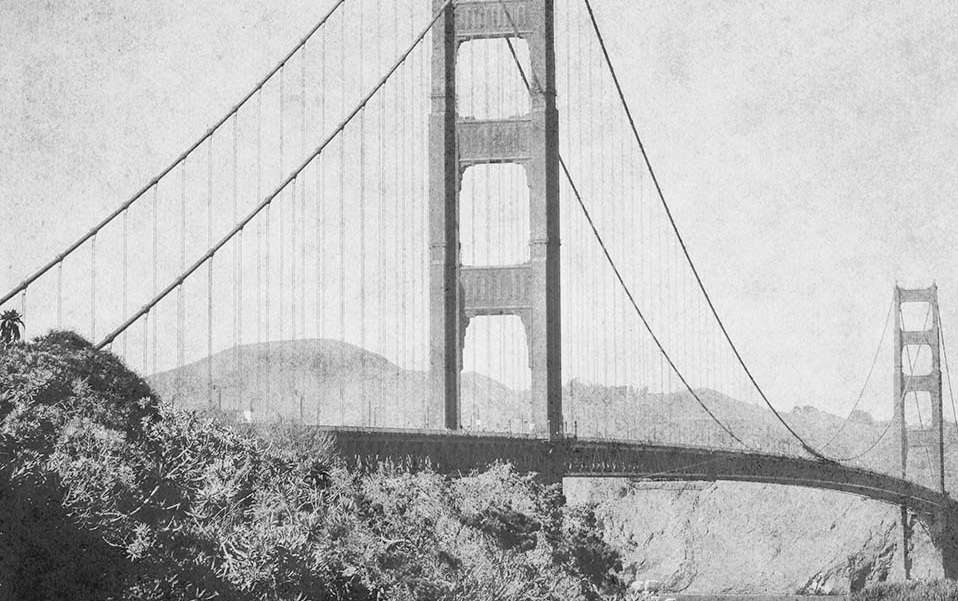
1933
CONSTRUCTION OF THE GOLDEN GATE BRIDGE BEGINS
"The bridge that couldn't be built" was completed ahead of schedule and under budget in 1937. It spans 4,200 feet, currently the second-longest main span in the U.S.
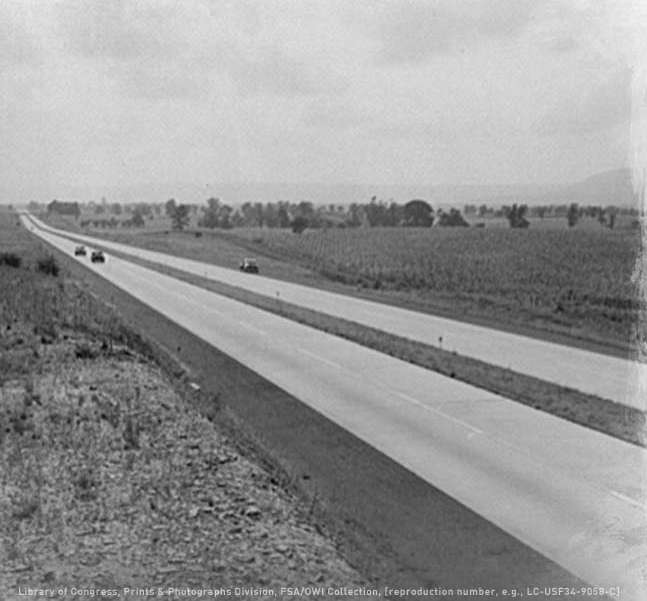
1940
NATION’S FIRST SUPERHIGHWAY WAS CONSTRUCTED
The Pennsylvania Turnpike is recognized as the first superhighway — 160 miles without traffic lights, intersections, steep hills, or curves.
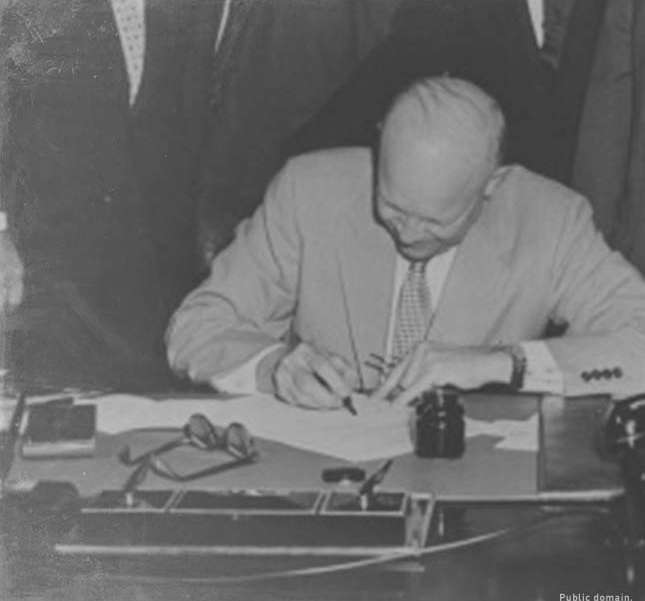
1950s
FEDERAL AID HIGHWAY ACT IS SIGNED AND ALUMINIZED TYPE 2 CORRUGATED METAL PIPE INTRODUCED
President Eisenhower signs the Federal Aid Highway Act in 1956, authorizing construction of 40,000 miles of modern interstate highway and permanently changing the way we travel.
The pipe industry brought ALT2 corrosion protection technology to the market, allowing for a wider range of backfills and increased service life.
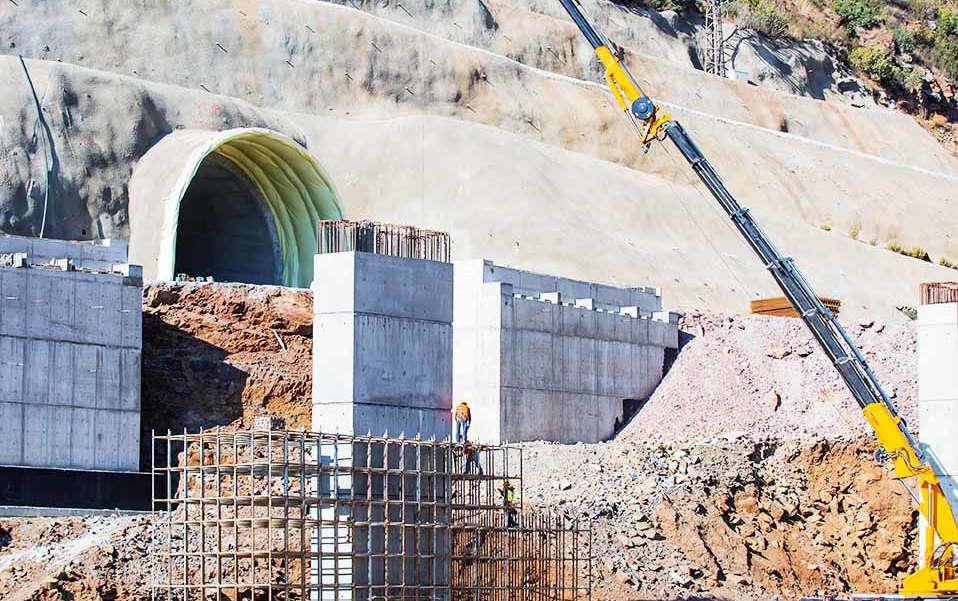
1960s
AASHTO BRIDGE SPECIFICATIONS UPDATED TO INCLUDE PREFABRICATED STRUCTURES AND WEATHERING STEEL
The AASHTO Standard Specifications were updated to include new technologies like prestressed concrete beams and weathering steel. These two improvements helped propel the precast industry into the highway market and added a level of corrosion protection to steel beams.
Plastic pipe was first introduced to the transportation market in 1966.
The Federal Highway Act of 1968 initiates the national bridge inspection program mandating periodic and consistent bridge inspections.
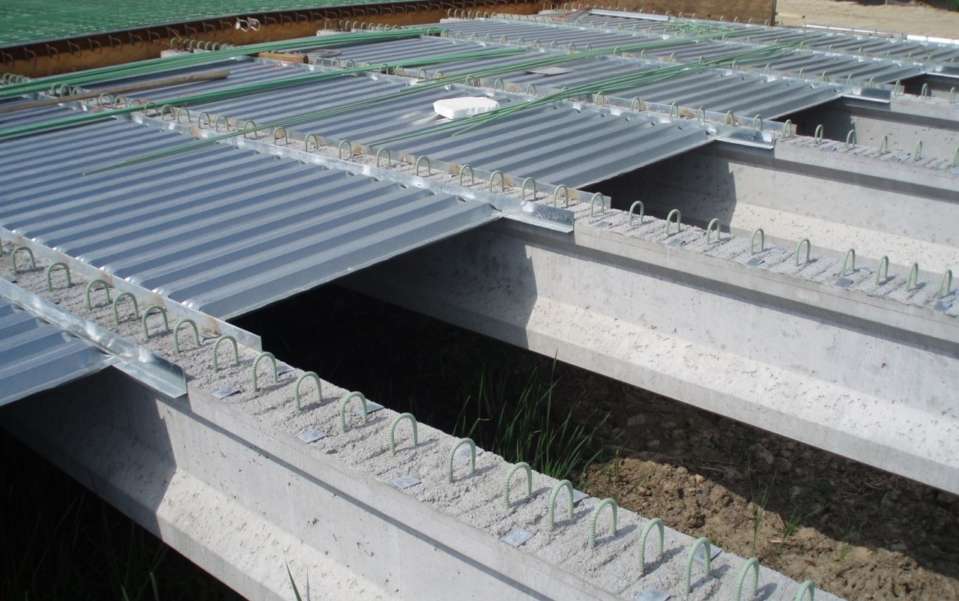
1970s
THE CONSTRUCTION INDUSTRY TURNS TO PERMANENT STAY-IN-PLACE FORMS REPLACING CONVENTIONAL REMOVABLE FORMS, ENABLING REDUCED LABOR, SHORTER CONSTRUCTION TIME, AND IMPROVED SAFETY
Early prefabricated deck forms consisting of corrugated metal, precast concrete, plastic, and fiberboard began to appear in the 1970s to address increasing labor costs and reduce safety hazards related to constructing and stripping plywood forms.
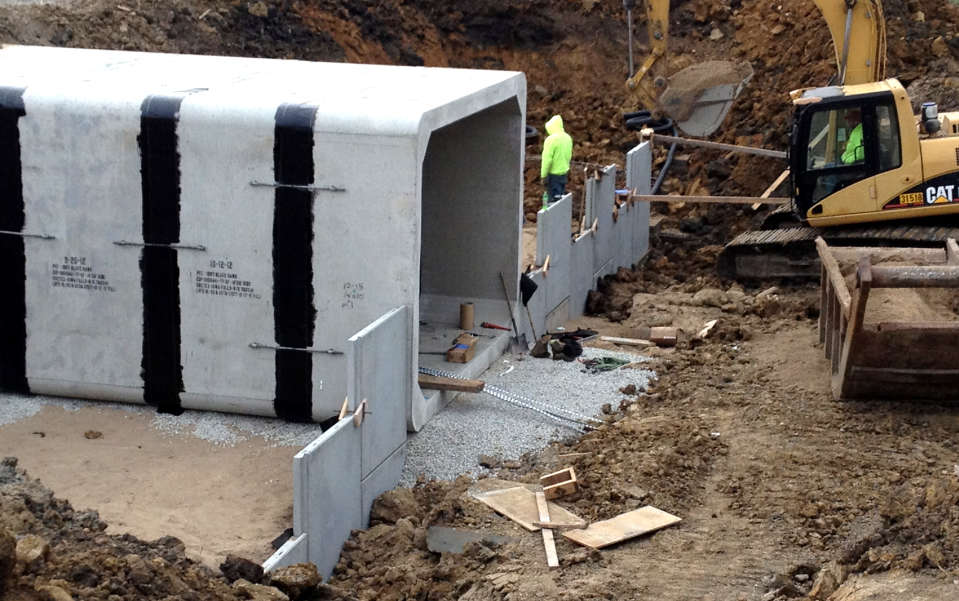
1980-90s
CONSTRUCTION METHODS SHIFT TO PREFABRICATED TECHNOLOGIES
Advancements in materials and precast plant capabilities allow for products like large diameter pipes, box culverts, arch-box bridges, bridge decks, and retaining wall systems to be delivered to the site, improving quality and safety and increasing the speed of construction.
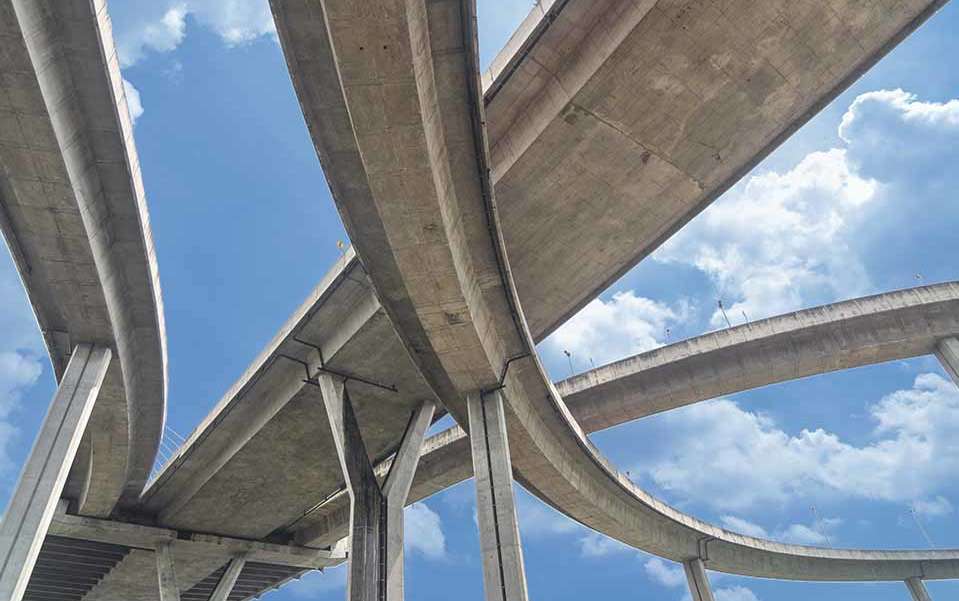
2000s
ACCELERATED HIGHWAY CONSTRUCTION PROMOTED
Infrastructure owners focus on innovation in accelerated construction methods, time-based construction incentives, and maintaining quality as they seek to efficiently update aging transportation infrastructure in the U.S.
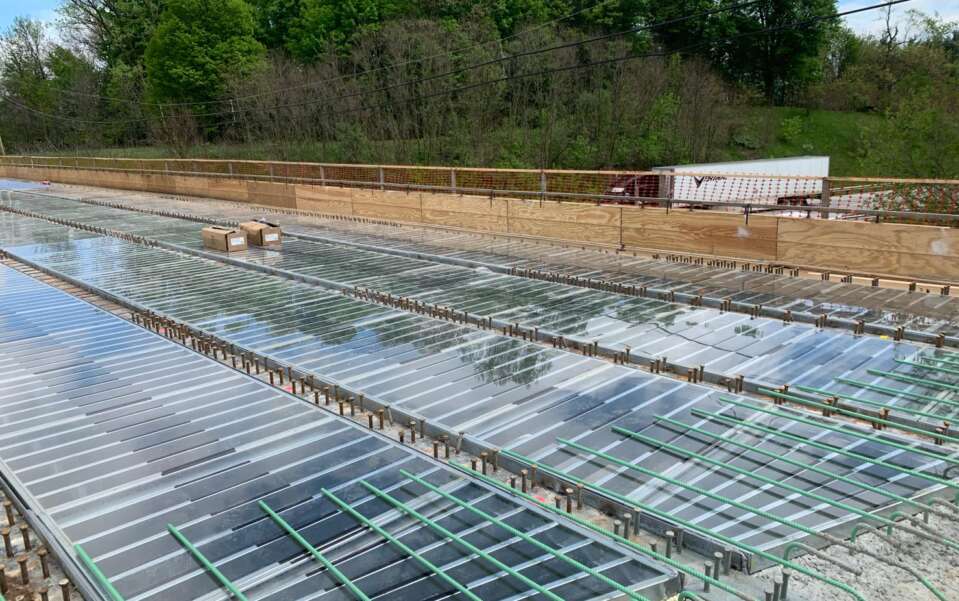
2017

